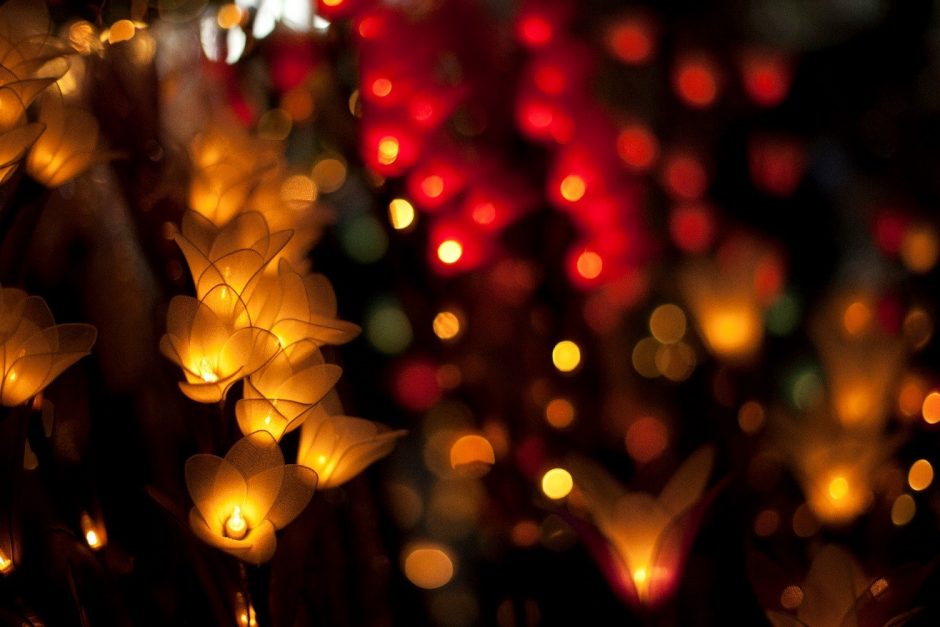
What is an X-Factor Lens?
If you read any of my “What’s in the Camera Bag” articles here on Natural Photographer, you know that I often consider bringing an “X-Factor” lens on photographic adventures. But, what exactly constitutes a lens being an X-Factor lens. And why on earth is it called an X-Factor lens?
Well, I’m not sure if other photographers use this terminology, so I don’t want to fully take credit for the term. But, the idea is that on any given photo trip, there are certain lenses that you absolutely must bring. I never leave home without my trusty “walking around lens” (maybe that terminology will merit it’s own post later!), like an 18-55mm or 24-105mm. Nor would I ever go on a wildlife photo safari without some sort of telephoto zoom lens, like a 70-300mm or 100-400mm. And still some trips require even more specialized lenses, like Northern Lights Photo Adventures, which really do necessitate an ultra-wide angle lens that has a fast aperture. But, there are some lenses that you don’t necessarily need, but can really help elevate your photography and give you unique stuff to add to your trip’s album or lifelong portfolio. They indeed are the X-Factor—you might even get your favorite shot of the trip with one.
The X-Factor terminology is just as much about the trip as it is the lens
For example, while an ultra-wide angle lens is key for night or astrophotography, it’s more of an X-Factor lens while on safari—you don’t necessarily require it, but gosh is it fun to have. Same thing goes with lenses like “nifty fifties”, which are basically f/1.4 or f/1.8 50mm lenses. These are even more rarely “required”, but they do add a unique dimension.

Above, a nifty fifty lens (50mm f/1.4) lends itself really nicely to close-up shots of fruits, veggies, and general market scenes, like the above near Machu Picchu, Peru. The extreme blur it can achieve can really add an artistic look to rather common scenes.

Above, the nifty fifty delivers again, this time outside of the markets, but into the fields. The extreme shallow depth of field achievable at f/1.4 is quite captivating.

Portraits are certainly part of any good travel photography portfolio/album. Using the shallow depth of field to focus in on the reflection in the sunglasses makes for a neat scene on the shores of Krabi, Thailand.

Ultra-wide angle lenses (like 10-22mm on crop frame cameras and 16-35mm on full frame) are another big X-Factor lens for me. I nearly never leave home without it, so in some cases, it’s a bit more of a standard addition for me. But, they aren’t going to be on your camera for many shots. Nevertheless, when you’re confined to an elevated boardwalk, like in the above photo taken in Borneo, you will really appreciate having one.

Same thing goes for when you need a special perspective to really get the photo to pop. As you can imagine, a photo like this with less range in my lens would just not look the same. They almost verge on the fish-eye look, but without the funky corners and refraction.

On certain trips, my X-Factor lens is an astrophotography lens (24mm f/1.4) to capture the night sky. This is especially useful on trips to the Canyons of the Southwest, where some of the darkest skies on earth can be found.

My fourth and final X-Factor lens that I consider before packing my camera bag for each trip is a dedicated macro lens. When in rainforest environments, macro photography can be one of the most enjoyable things, which produces stunning results. My go-to is a 100mm macro, but there are lots of choices out there. The only catch with bringing a macro, is that it’s not just the lens, but also a macro flash, too. Thus, it usually only finds its way in my bag for real deal rainforest trips like Costa Rica, Borneo, and Madagascar.
So, hopefully you see where I’m coming from now with my “X-Factor” terminology. These aren’t your everyday lenses, and maybe you’ll only use it 5 or 10% of the time, but are highly specialized and can be a major differentiator in your photography. The trick is determining when and where you can or should be bringing these. But hopefully this article helps a little, and of course be sure to check out my various packing articles for many of the world’s greatest nature photography destinations.
If you have any X-Factor lenses you use that are not in my list, please do share in the comments below!
All the best,

Court
1 Comment

Laura
June 19, 2018 at 6:40 am
Thank you for this wonderful post and lens information! Ive been scouring the internet for what to bring to the Galapagos and your post was the most helpful for an amateur!